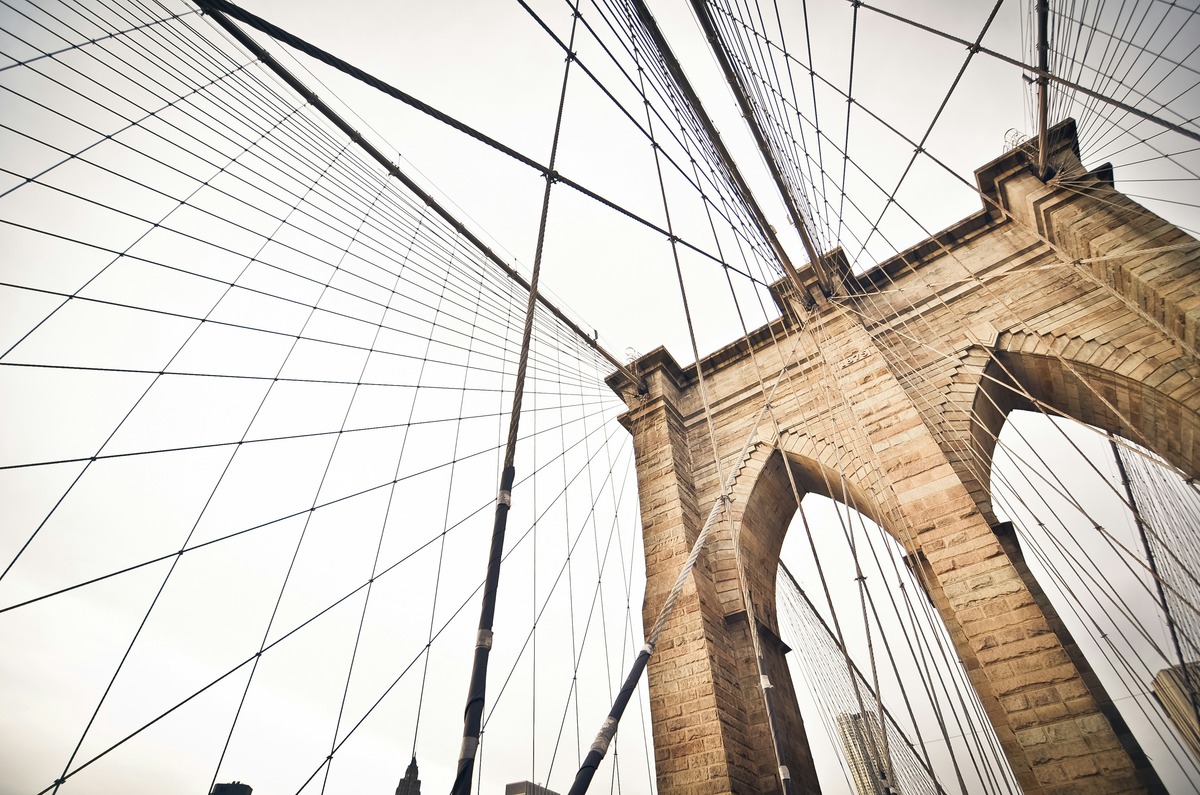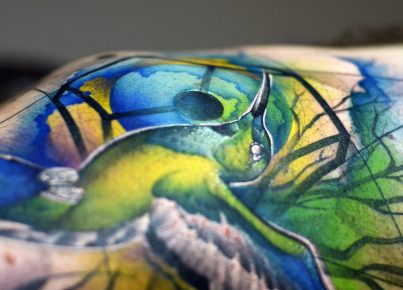Written by Jacon Pullman
Tattooing has a rich and colorful history in New York City, stretching back to the late 19th and early 20th centuries. Originally, tattoos were popular among sailors who wanted to commemorate their journeys and experiences at sea. These early tattoos often bore nautical themes that symbolized a sailor’s skills and adventures.
As the practice spread from the waterfront, tattooing began to boom in the streets of New York City. Early tattoo artists set up shops in areas frequented by sailors, such as waterfronts and docking zones.
However, the scene was disrupted when the city banned tattooing in 1961, citing health concerns. Pushing the trade underground meant that tattooing survived clandestinely for 36 years. Such a ban made a striking impact on the culture, and yet it couldn’t remove the love for ink. Today, tattoo shops in New York City are back in business and thriving as ever, showing the resilience and creativity of artists and enthusiasts alike.

Origins of Tattooing in New York City
Tattooing in New York City goes way back to the late 1800s when it became popular. It was a busy port city and therefore created an environment favorable for tattooing to spread around. Sailors were the first and most iconic clients of this art. Tattoos were badges of honor as most sailors wore tattoos to commemorate their experiences and journeys. They preferred nautical themes, such as anchors, ships, and swallows.
As more sailors traveled through the city streets, they took stories and customs with them that truly bred a tattoo culture. In the early days, many tattoo artists set up shop in areas populated with sailors, such as waterfronts and docking zones. This close association of sailors and tattoos helped it gain momentum, elevating it from a seafarer’s tradition to a public phenomenon.

Over time, tattooing spread from sailors to New York City’s general population. By the early 20th century, it moved beyond the waterfront into more mainstream parts of the city. More and more adventurous New Yorkers of all walks of life began sporting tattoos as a mode of expression. Tattoo studios began opening in more visible parts of town, each contributing new techniques and styles to the developing art.
Main Reasons for the Tattoo Ban
A controversial legislative ban on tattooing was issued in New York City in 1961, citing health concerns. There was a prevailing intent to reduce the risk of certain diseases, such as hepatitis, which were viewed as serious health threats at the time. It was observed that most tattoo parlors were unsanitary, thus posing life threats to not only the clients but also large groups of artists. Poor hygiene fueled this move by the authorities to aggressively regulate the industry.
The city’s diverse population, frequent skin piercings, and varying levels of hygiene contributed to the heightened concern. It was believed that strict regulations would help mitigate relevant health risks; lawmakers thought them to be in the best interest of New Yorkers. As a result, the once-so-thriving tattoo scene went underground, compelling artists to hidden and informal setups — very often even less hygienic than the regulated studios they replaced.
Moreover, the ban was supported by society’s attitudes toward tattoos at that time. For a lot of people, tattoos continued to be associated with delinquency, rebelliousness, and counterculture. This negative perception made arguments for the ban easier to come by; it would help protect public health and morality. While the ban did very little to eradicate tattooing altogether, it pushed the practice out of the public eye, changing its makeup within the city irrevocably for decades at a stretch.
Covert Operations: The Rise of Underground Tattooing
Although there was a 36-year ban against tattooing in New York City, this did not end the art. It merely metamorphosed. Tattoo artists refused to stop practicing their craft; they just began doing so covertly. Makeshift studios sprang up in hidden corners of apartments, in basements, and in unmarked backrooms. Those secretive locations helped artists avoid fines but fostered a sense of mystery and exclusivity surrounding tattoos.

Operating underground came with significant risks — artists and clients alike were at risk of health dangers with no authority overlooking their activities. Infections and complications from tattoos ran high due to poor sanitation and the unregulated nature of the practice, but people went for the chance to get tattooed despite the dangers.

Tattoo artists became resourceful, finding other ways to gain clients, usually by word-of-mouth. This underground network formed a close community where trust and respect were highly valued. These underground operations kept the flame alive during a difficult time and paved the way for the tattoo shops that finally resurfaced years later.
The Modern Tattoo Scene in New York City
The tattoo landscape has had tremendous growth since the repeal of the tattoo ban in 1997, with abundant tattoo studios and artists flocking to New York City. Legalizing the profession turned the city into a home base for some of the most talented and innovative tattoo artists in the world. Nowadays, tattoo shops range from small studios that accommodate very few people, to larger houses able to hold a variety of styles and techniques.
New York tattoo shops gained a reputation for their high standards of hygiene and professionalism. This resurgence allows artists to thrive and push the boundaries of their craft. The range in style stretches from traditional American tattoos to intricate Japanese designs and modern abstract art.
Many tattoo shops even offer financing options to their customers, making it easier for more people to access high-quality tattoos without the need to shell out their payments in one lump sum.
Cultural Significance and Acceptance
The cultural significance of tattoos in New York City has shifted. Once primarily associated with sailors and rebels, tattoos today take up the mainstream mantle as self-expression across all walks of life: celebrities, athletes, and everyday people show off body decorations.

Now, tattoo conventions and art shows occur in the city regularly to further cement the tattoos’ cultural significance. These events enable artists to flaunt their works and communicate freely with enthusiasts worldwide. Today, tattoo shops are celebrated for their artistic contributions as well as their role in transforming the perception of tattoos in society.
The history of tattooing in New York City speaks of more than the simple resilience and creativity of the tattoo community. With its meager beginnings with sailors, through the 36-year ban, and the time spent underground, this once-forbidden art form was only legalized in 1997 but has continually cultivated into the iconic tattoo hotspot it is today.
Today, New York’s tattoo scene is an innovation-creating haven and is alive and thriving with tattoo shops continually multiplying. The wide acceptance and celebration of tattoos reflect cultural changes that transcend the city and the proliferation of the tattoo culture.
Jacob Pullman is a former tattoo artist turned consultant-enthusiast-writer-educator who works with Skin Design Tattoo (@skindesigntattoos), sharing his tattoo knowledge and experience.
For more articles, check them out here!








